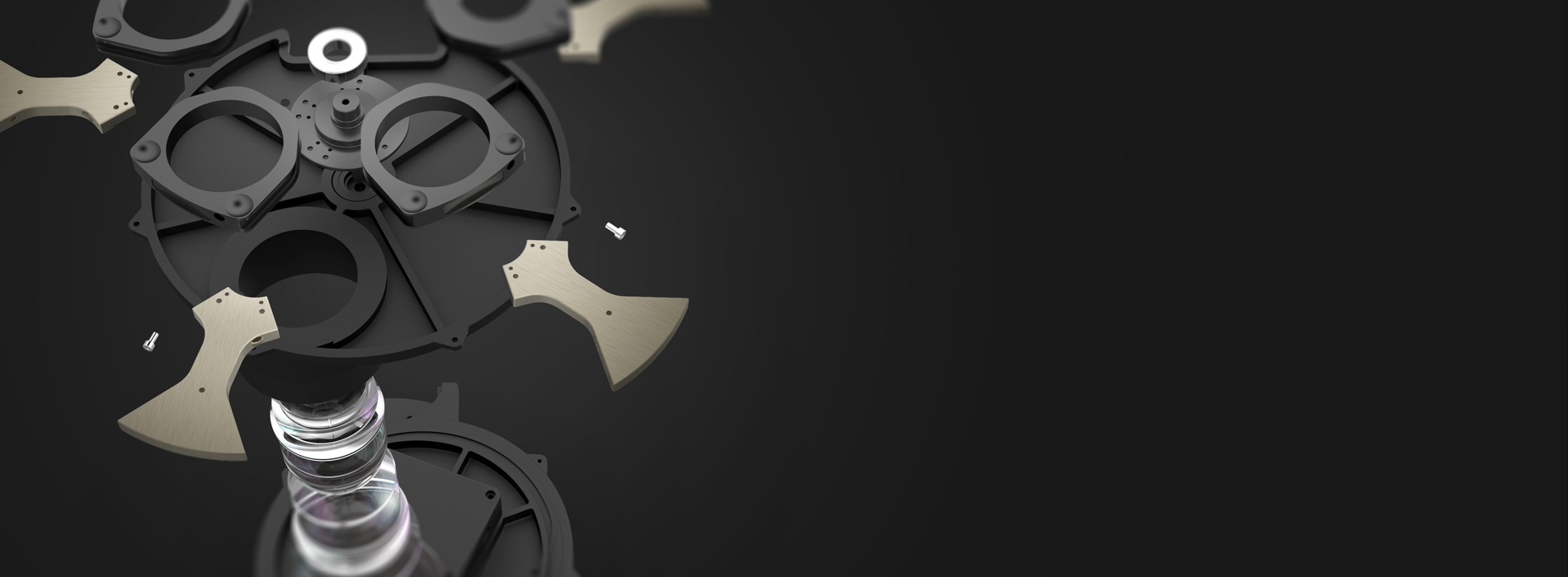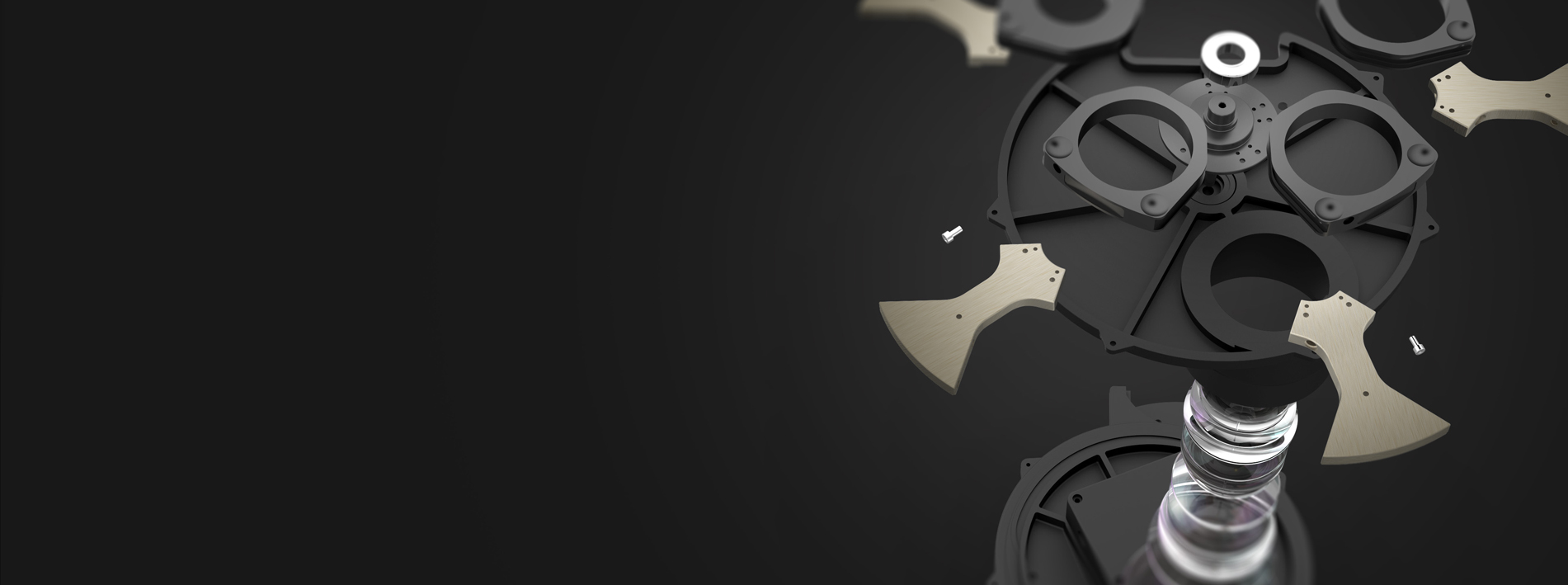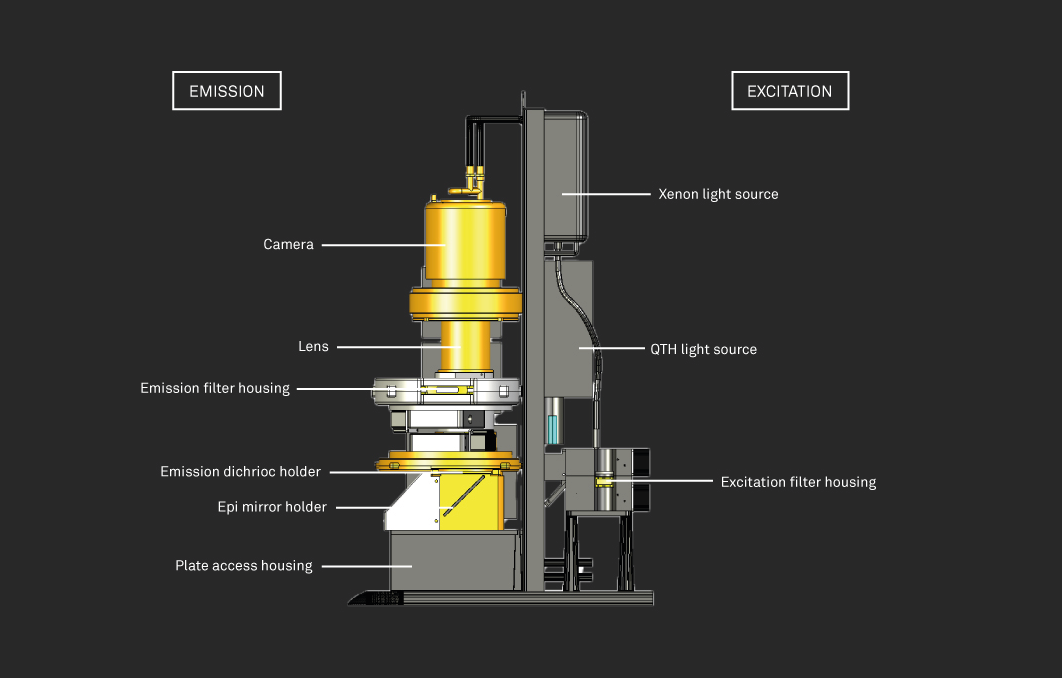Fluorescence and luminescence analyzer
Challenge
Design and engineer a fluorescence and luminescence microplate reader for high throughput analysis.
Approach
We deployed a cross-functional team to solve various optical, exterior design and prototyping challenges.
Outcome
The first set of prototypes were built and tested in our facilities and the LEADseeker™ system was successfully launched as a fully automated plate reader capable of scanning and processing over 1000 microplates per day.





